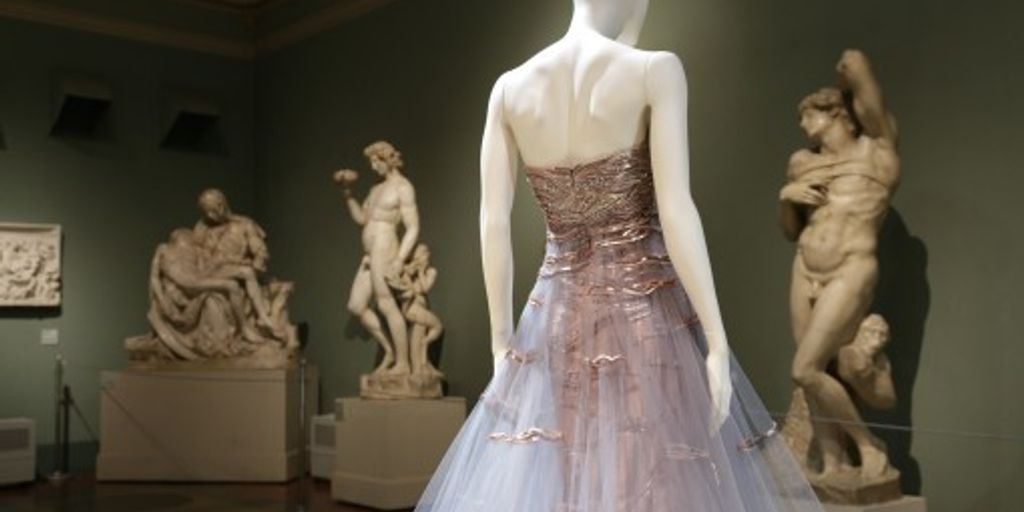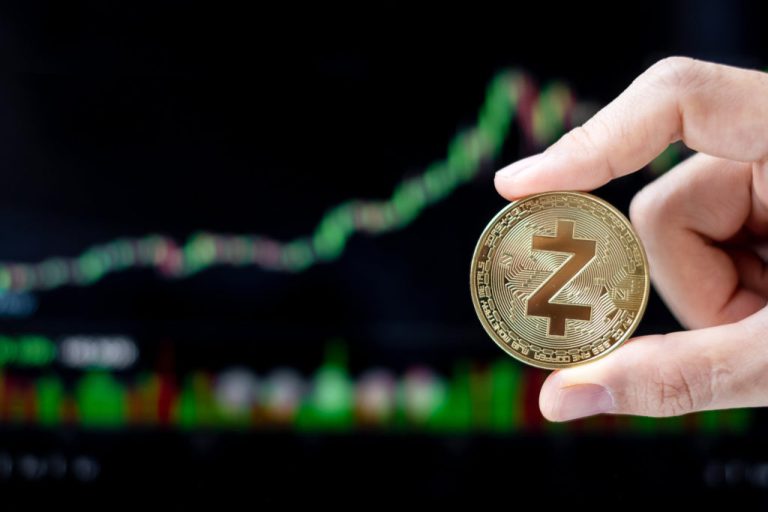
Tracing the Threads: The Historical Evolution of Fashion

From Function to Expression: Early Fashion Trends
In the tapestry of human history, fashion has always played a pivotal role, evolving from mere functional necessity to a profound form of self-expression. Early civilizations utilized what was available in their environment, leading to diverse fashion trends based on geographical and cultural contexts. The transformation of fashion from survival to art marks a significant chapter in human creativity.
The Renaissance of Style: Influences from the 16th to 18th Century
The Renaissance period was a time of rebirth in many ways, including fashion. As societies flourished economically and culturally, clothing became a symbol of status and identity. This era saw the introduction of luxurious fabrics and elaborate designs, reflecting the societal shift towards opulence and display.
Industrial Revolution: The Democratization of Fashion
The Industrial Revolution brought about a major shift in fashion production and accessibility. The advent of mass production techniques meant that fashion was no longer reserved for the elite. This period democratized style, making fashionable clothing accessible to a wider audience and setting the stage for the modern fashion industry.
Cultural Tapestry: How Societal Changes Shape Fashion

The Roaring Twenties: Flappers and Freedom
The 1920s marked a pivotal era where fashion became a symbol of liberation and societal shifts. Women cast aside restrictive corsets for shorter, fringed dresses, embodying a new sense of freedom and defiance. This era not only transformed women’s fashion but also reflected broader cultural changes, emphasizing the power of fashion to both mirror and propel societal evolution.
Post-War Fashion: A Reflection of Recovery and Rebellion
After the turmoil of World War II, fashion took on a new role, reflecting the collective relief and the burgeoning youth culture. The introduction of the ‘New Look’ by Christian Dior, characterized by its cinched waists and voluminous skirts, marked a return to opulence and femininity. This period underscored fashion’s ability to encapsulate the spirit of recovery and the subtle beginnings of the rebellion that would later define the 1960s.
Modern Movements: Sustainability and Ethical Fashion
In recent years, the fashion industry has witnessed a significant shift towards sustainability and ethical practices. Consumers are increasingly prioritizing environmentally friendly and ethically produced garments, prompting brands to adapt. This movement is not just about fashion but about fostering a sustainable future, highlighting how deeply fashion is intertwined with societal values and responsibilities.
Icons and Innovators: Key Figures in Fashion History

Coco Chanel: Redefining Femininity
Coco Chanel not only revolutionized women’s fashion with the introduction of the little black dress and the Chanel suit but also empowered women to embrace a more comfortable and practical style. Her influence persists today, making her a timeless icon in the fashion industry.
Alexander McQueen: The Art of Controversy
Known for his bold and theatrical designs, Alexander McQueen merged the worlds of fashion and performance art, leaving a lasting legacy that continues to inspire designers. His work often challenged and expanded the boundaries of conventional fashion.
Virgil Abloh: Bridging Streetwear and High Fashion
Virgil Abloh, a visionary in modern fashion, seamlessly blended streetwear with high fashion. His approach to design and his role as the artistic director at Louis Vuitton transformed how luxury and urban aesthetics coexist, influencing countless designers and brands.
The Fabric of Tomorrow: Emerging Trends and Predictions

Technology Meets Textile: The Rise of Smart Clothing
In an era where technology seamlessly integrates into every aspect of our lives, smart clothing is set to revolutionize the way we dress. From garments that change color based on temperature to fabrics that monitor health metrics, the possibilities are endless. This integration promises not only convenience but also a new frontier in personal expression and functionality.
The Influence of Social Media on Fashion Trends
Social media has undeniably become a powerful tool in shaping fashion trends. Platforms like Instagram and TikTok allow trends to spread rapidly, with users often dictating the popularity of certain styles. This digital runway offers a unique space for personal expression and brand interaction, making it a critical component of modern fashion marketing.
Predicting the Future: What’s Next for Fashion?
As we look to the future, the fashion industry continues to evolve at a breakneck pace. Predicting trends has become more sophisticated, with data analytics and consumer behavior playing pivotal roles. The industry’s ability to adapt and innovate will dictate its success, ensuring that fashion remains a dynamic and ever-changing landscape.
Conclusion
In the tapestry of society, fashion is not just a frivolous pursuit but a dynamic force shaping and reflecting our cultural norms. As we’ve explored, the evolution of fashion is deeply intertwined with the progression of societal values and identities. Each stitch in time not only represents a style or trend but also encapsulates the spirit of an era, pushing boundaries and challenging the status quo. As we continue to witness the transformative power of fashion, it becomes clear that what we wear is a profound statement of who we are and what we believe in. Embracing this evolution can lead to a more inclusive and expressive society, where fashion continues to be a vibrant form of personal and collective expression.







1 thought on “The Stitch of Time: How Fashion Evolves Norms”
Comments are closed.